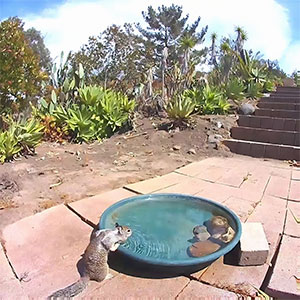“Unlocking the Secrets of the Milky Way: 14 Astonishing Facts That Will Blow Your Mind!”
Have you ever looked at the night sky and thought, “Wow, there is a cosmic dance happening right over my head!”? Well, strap in, stargazer, because the Milky Way is not just a pretty sight; it’s a spectacular cosmic celebrity packed with outrageous secrets waiting to be revealed. From the mystifying dark matter that holds it together like cosmic glue to a supermassive black hole that makes a Hollywood villain look like a fluffy kitten, our galaxy is truly a treasure trove of awe-inspiring wonders. So, let’s dive deep into the fabric of our galactic home and uncover 14 mind-blowing facts about the Milky Way that might just make you rethink your place in the universe! Ready? Let’s take this stellar journey and—who knows—you might find yourself sharing some of these stellar tidbits; after all, sharing is caring! LEARN MORE.
The Milky Way, our cosmic home, floating out there in space. I’ve always been drawn to the night sky, especially on those nights when you can actually see that faint, cloudy band of light stretching across the heavens. That glow? That’s our galaxy, full of billions of stars, planets, and mysteries we’re still uncovering. There’s something mind-bending about looking up and realizing we’re all spinning around on this little rock, part of something much bigger.
You don’t have to be an astronomer to feel that sense of wonder. Even though we live here, the Milky Way has a lot left to teach us. Scientists are still piecing together its story, from its ancient past to where it’s headed in the future.












